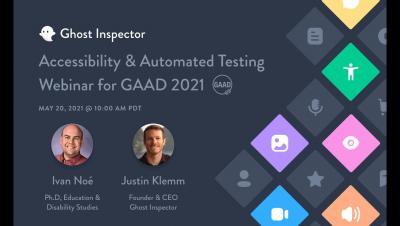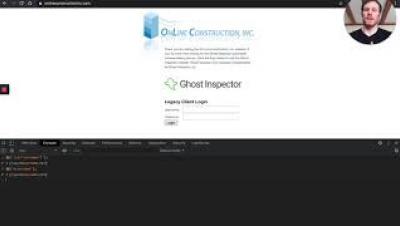Systems | Development | Analytics | API | Testing
Ghost Inspector
Test Management with QADeputy & Ghost Inspector
Quality assurance is a broad initiative. Ghost Inspector strives to be an all-in-one tool when it comes to browser automation. However, QA teams often use a range of products to cover all their testing needs, like API testing and load testing. This can lead to testing-related data being scattered in various places. QADeputy is a service that aims to centralize your QA operations — and it integrates nicely with Ghost Inspector.
Browser Testing - The Importance of Assertions
Browser Testing - Understanding the DOM & CSS Selectors - Part 1
Browser Testing - Understanding the DOM & CSS Selectors - Part 2
Browser Testing - XPath Selectors
Browser & System Updates - July 2019
Here at Ghost Inspector, we're continually rolling out new browser versions and automation logic updates. However, this month we've got a number of big changes launching at once and I wanted to discuss each in a little more detail. Here's a rundown of what's being added or changed — and how it might affect your tests.
Continuous Integration Testing for WordPress
While continuous integration is a common practice for most development teams, the stateful nature of WordPress makes it difficult, but not impossible, to setup. For our open source WordPress plugin, we wanted to integrate our standard build and test process for every pull request using CircleCI. While it might be easier to setup a permanent staging environment, we wanted every build to be isolated for dependable testing.
Automated UI Testing for WordPress
Many websites and even applications online are built on top of a CMS. According to recent survey data, WordPress has a 60% market share, making it the most popular CMS by far. The next closest competitor, Joomla, has only 5.2%! But unlike bespoke software, many people don’t test their WordPress website. While the core of WordPress is fairly well tested by it’s creators, users, and the open source community, the same cannot be said for every plugin and theme.
Develop a WordPress Plugin Using Webpack and React
Ghost Inspector is an automated browser testing tool for continuously monitoring websites. We recently released our WordPress plugin to show test results inside your WordPress admin dashboard. In this tutorial, you will learn how to build your own plugin using React, Webpack, and the Ghost Inspector API. You can view the final source code on GitHub.











